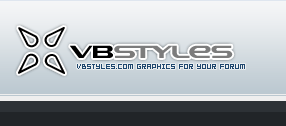I honestly don't know how "engine-turning" was done originally, but back in the early 70's when I was building quarter-midgets, I devised this method:
All that's needed is a rotary wire brush, a drill to turn it, a straight edge guide of some sort, and a few clamps. The piece to be "swirled" needs to be clamped to a flat surface. For this firewall, I used the wood buck again and clamped it and the firewall to my folding work table. For the straight edge guide, I used a piece of aluminum square tubing. (I could have used a piece of angle iron or even a strip of wood. I have done both in the past.);)
With the firewall clamped to the table so it would hold still, I clamped the straight edge guide across the firewall 1/2" from the bottom (because I'm using a 1" brush. If I was using a bigger brush, I would start with 1/2 the diameter of the brush). I start at one side, with the rotary brush spinning at top speed and riding against the straight edge guide, I push it down so that it makes a brushed circle. I move 1/2 the diameter of the circle so they overlap and do another one, then another, another, etc. all the way across. Once ya get the hang of this, you can make the overlapping swirls at the rate of about one per second.**)
After finishing a row all the way across, I move the straight edge guide up 1/2 the diameter of the swirls and do the next row. I just keep repeating until the whole piece is finished. Notice I started from the bottom so I would have a straight side to start from. Every time I move the straight edge guide, I check it with the tape rule to make sure I'm keeping it straight. About halfway through a piece like this, it feels like you're never going to get it done, but eventually you end up with an engine-turned panel.:whacked:
After the engine-turning exercise was complete, I flipped the buck over and clamped the firewall and lip to the back side so I could pre-drill the rivet holes. Then I set the firewall in place on the car, drilled some holes in the fiberglass, and riveted the firewall and lip temporarily in place. When I actually install this for good, I will use contact adhesive behind the firewall so it won't rattle or squeak and I will put in all the rivets (only used 4 for now).:D
